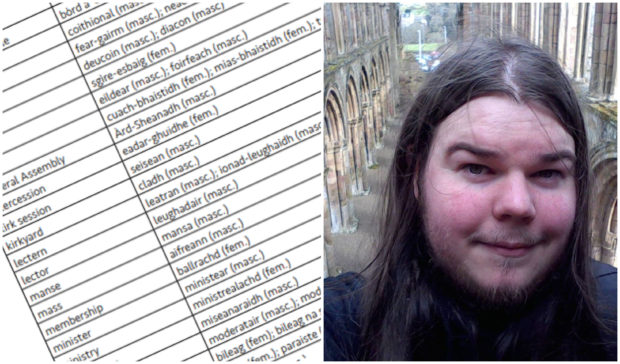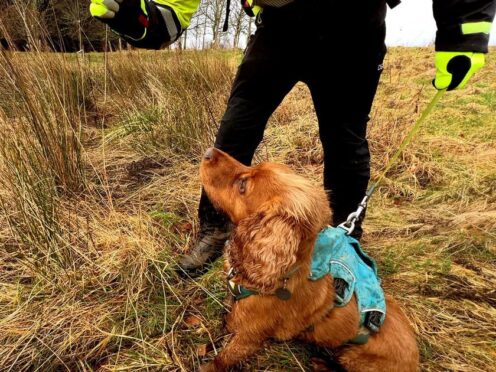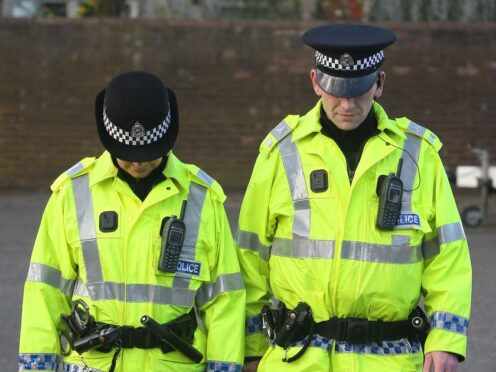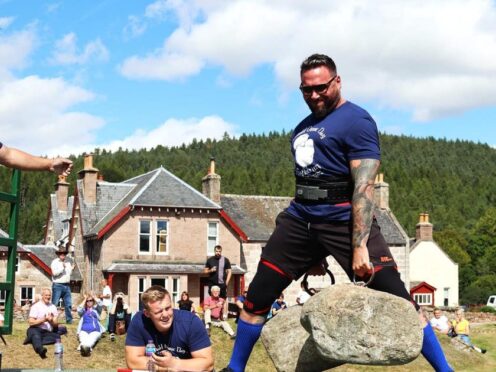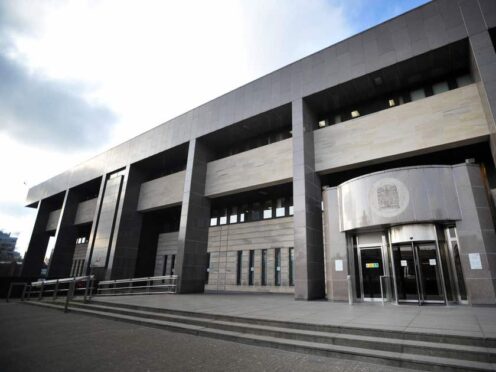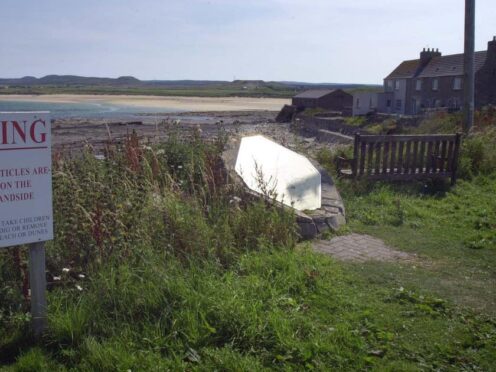Religious leaders have created a new guide to Gaelic to help people study the Bible and follow sermons in the language with confidence.
Released by The Church of Scotland, the booklet contains key words, help with the “particularly difficult” grammar used within scripture and advice on translations.
It also offers guidance on the numbering system for biblical references and sung worship, terms for different denominations and celebrations within the Christian calendar.
Church leaders say the guide could benefit people such as those who grew up speaking the language but were discouraged from using it in formal situations like church or school.
It could also be used by people who may have become out of practice with Gaelic after moving to an English-speaking area, or those learning it for the first time.
Parts of the Bible were first translated into Gaelic in the 17th Century but the first full translation was not produced until 1807.
The new book was created by the Kirk’s Gaelic language development officer, Duncan Sneddon, and has been supported by a number of academics and Gaelic speakers.
He said: “There are a lot of people who speak Gaelic quite well or even fluently, but aren’t confident in their grasp of ‘church Gaelic’.
“‘Church Gaelic’ or ‘Bible Gaelic’ is increasingly distant from the everyday spoken language, for younger people in particular.
“This handbook should help people gain confidence in using their Gaelic in worship and Bible reading.”
The release of the guide follows a warning from researchers at the University of the Highlands and Islands (UHI) about the future viability of the language.
Last month they suggested Gaelic could be on the brink of death within ten years unless it is used more in everyday conversation and at home.
But the use of video-conferencing technology during the lockdown has helped to spread the use of the language around the world.
In recent months, Fort William Duncansburgh MacIntosh Parish Church has moved its Gaelic Bible study and services online, with participants from as far afield as Argentina joining in.
And due to popular demand, its Bible study group has split into a beginner and advanced level sessions, which are attended by many Scots and even two ministers from the United Church of Canada.
Meanwhile Lochs-In-Bernera and Uig Churches of Scotland, led by Rev Hugh Maurice Stewart on Lewis, have been hosting an online Sunday School in Gaelic.
The booklet can be downloaded or printed from: churchofscotland.org.uk
Calls for Gaelic protection
A language expert has called for the indigenous population of the Outer Hebrides to be given legal status to protect the area’s native Gaelic communities dying out.
Catriona Murray, a researcher and lecturer at the University of the Highlands and Islands on the Isle of Lewis, said islanders should have the same status as other Aboriginal groups around the world.
She blasted the “vandalism of our way of life” which was being “reduced to a commodity” through such things as tourism.
Her comments come after a report said the ancient tongue remains in crisis with just 11,000 people using it as an everyday language in some of its main heartlands – and most of those are over 50 years old.
Gaelic is spoken by just 58,000 people in total, according to the last Census – and despite millions of pounds of taxpayer-funded initiatives, remains in a perilous state.
Mrs Murray wrote on her personal blog: “We have reached a point where serious academic research backs up what we have all known for some time: the Gaelic language is in crisis because the community that nurtured it is in crisis.
“We need a new approach. A complete sea-change in how things are done ought to begin with legal recognition of the indigenous people who inhabit the Western Isles. Once that status is conferred, there has to be robust support for crofting and for Gaelic.
”We are the Aboriginals: custodians of our ancestral lands, speakers of an ancient language through which we construct and comprehend the Gaelic community. It is past time for us to recognise that and to take steps to protect what has been left in our care.
“It is time for our indigenous status to be formalised.”
